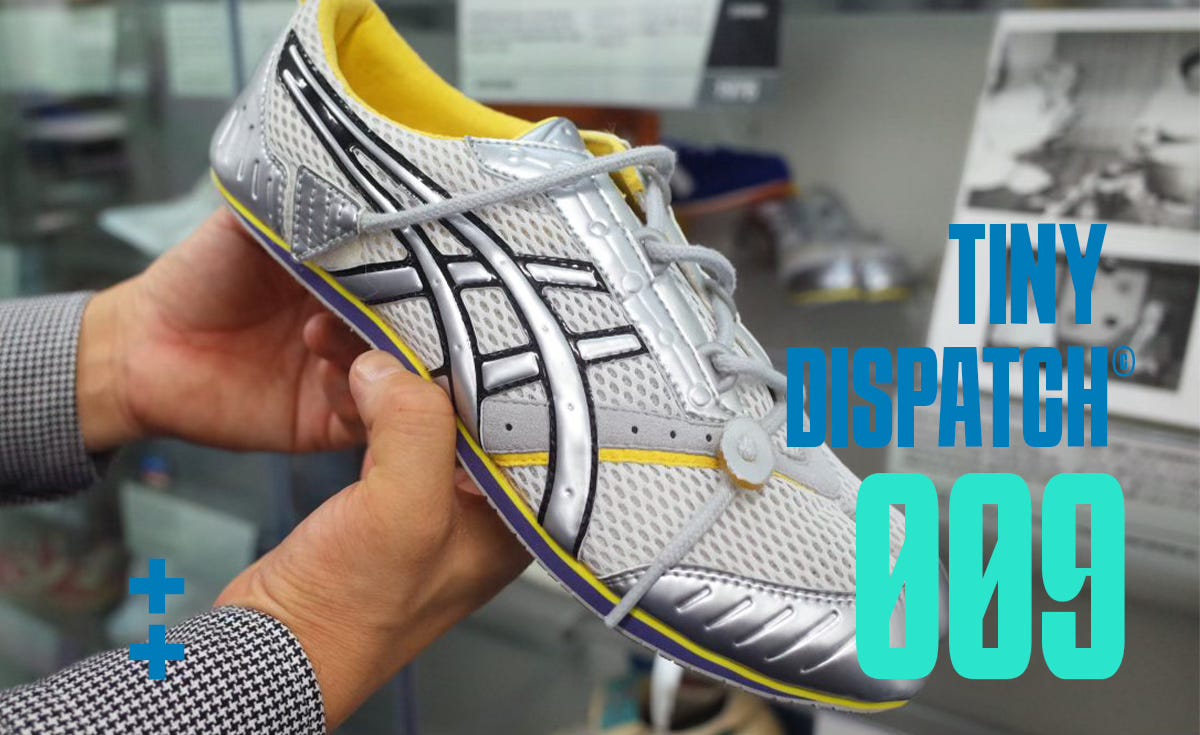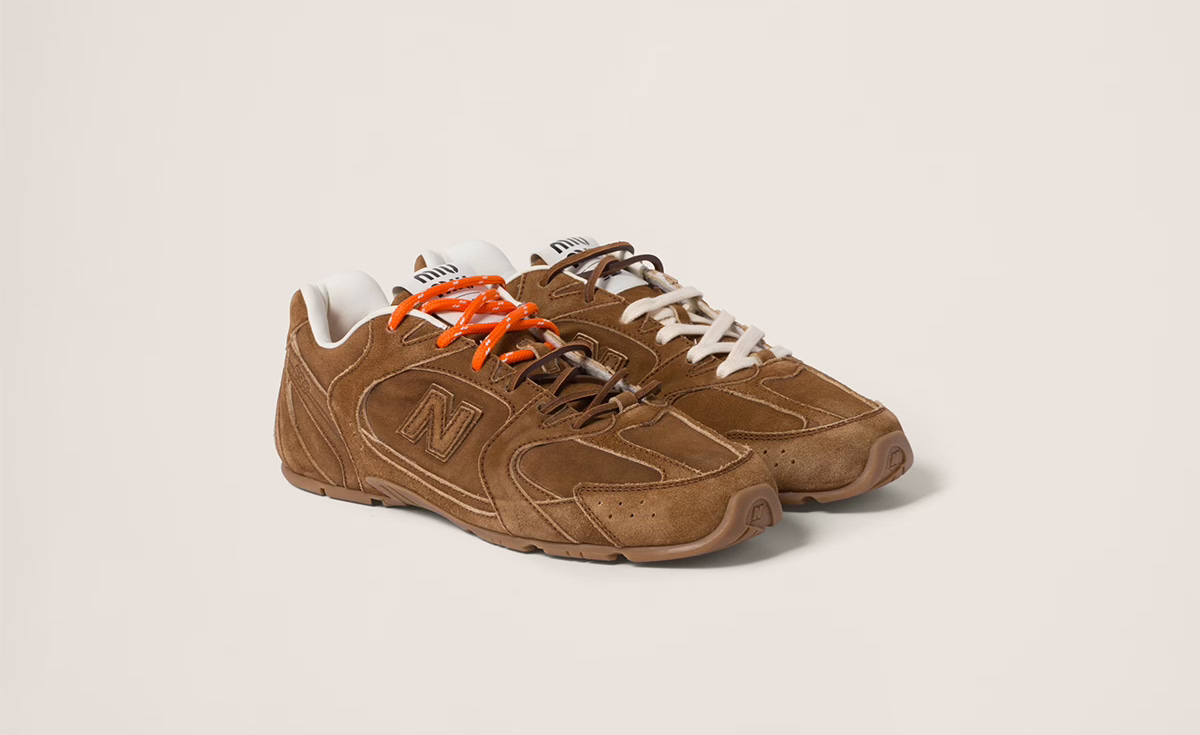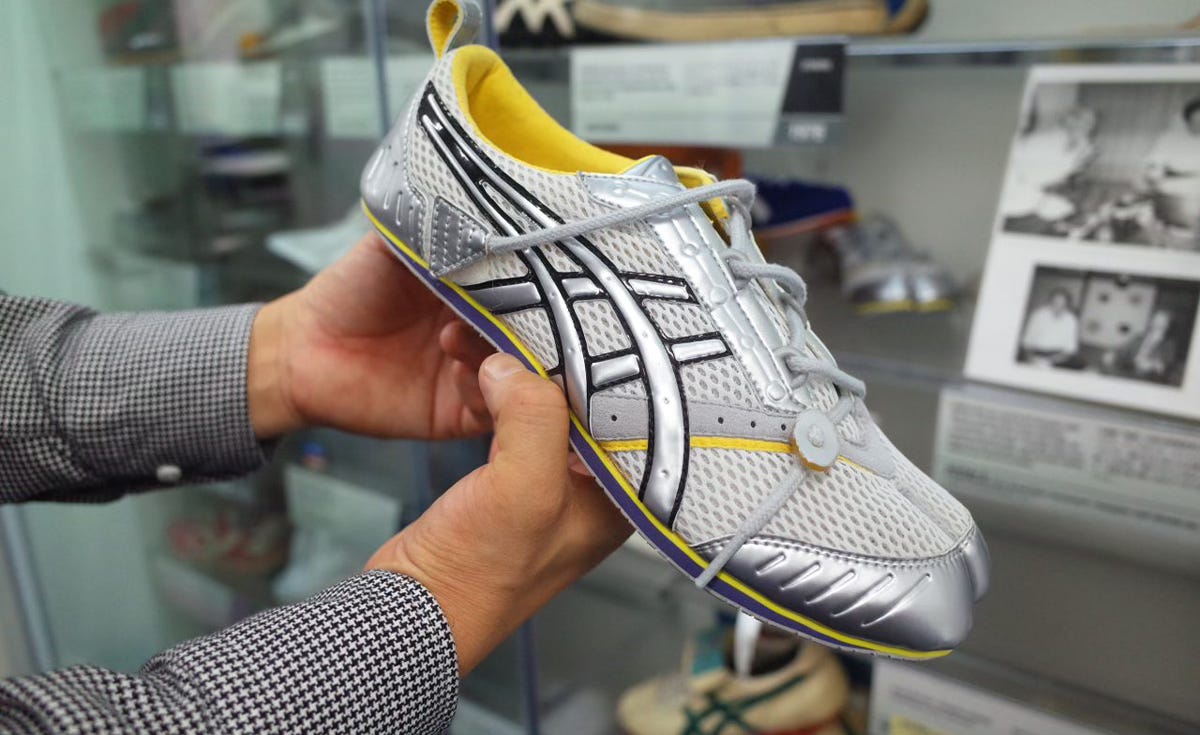Missed Opportunity: ASICS’ Unreleased Flat-Soled Tabi Sneaker from 2005
An Overlooked Fusion of 2025’s Biggest Footwear Trends
For the past five years, ASICS has ridden the sportstyle wave with near-perfect timing. GEL-Kayano 14s, GEL-Nimbuses, GEL-1130s — silhouettes once reserved for marathoners and gym dads now live comfortably in fashion wardrobes. With collaborators like Kiko Kostadinov and Cecile Bahnsen leading the aesthetic charge, ASICS transitioned from performance-first to fashion-relevant, without ever losing its technical DNA.
But 2025 has been relatively quiet, partly due to a broader shift away from sportstyle sneakers. No new silhouettes from ASICS have cut through. Even Kiko’s sub-line, while still consistent, feels niche and self-contained. ASICS, for now, seems to be coasting.
Meanwhile, the rest of the industry is moving forward — and flat-soled shoes are leading the shift.
The Flat-Sole Shift
We’ve moved past the peak of the Samba and Onitsuka Tiger Mexico 66 wave. Their popularity reintroduced low-profile sneakers to the mainstream, but today’s direction is heading even flatter. The ballet flat resurgence has reshaped how people think about footwear: less support, less structure, barely any sole at all.
That influence is bleeding into sneakers. Designers are borrowing from the elegance and minimalism of ballet flats, producing hybrids that blur the line between sport and softness. The clearest articulation of this is the New Balance x Miu Miu 530, an athletic upper reworked in luxe materials, sitting atop a flat, minimal sole unit that appears almost midsole-less.
The impact has rippled outward. Prada, Louis Vuitton, and others are now pushing their own interpretations of the flat-soled sneaker — further proof that performance silhouettes are being reshaped with restraint, not volume.
The Tabi Resurgence
In parallel, the fashion world’s interest in split-toe footwear continues to build. Margiela’s Tabi remains a cult icon, but it’s the Nike Rift that’s been picked up most recently — adopted at pace by fashion-forward women. The silhouette feels grounded, unusual, and confidently anti-trend.
Even Kiko Kostadinov has tapped in. His FW25 womenswear collection debuted tabi-inspired ASICS: laceless slip-ons and boot-like forms, nodding to the split-toe tradition while staying within his structured, minimalist language. The reference is clear. The groundwork is there.
A Missed Opportunity
Which brings us to the Marathon Tabi — a shoe ASICS quietly developed in 2005 for Japanese astronauts training aboard the International Space Station. Lightweight, flat-soled, and split-toed, it was a functional reimagining of traditional Japanese tabi, made for microgravity workouts.
It also happens to be a perfect fit for 2025.
The Marathon Tabi sits right at the intersection of two dominant footwear narratives — flat-soled minimalism and split-toe design — while being entirely rooted in ASICS’ own archive. Not a collaboration. Not a concept shoe. A fully formed product with authentic heritage and conceptual clarity. And let’s not forget: the upper is textbook “dad shoe,” grounding it firmly in the brand’s visual language.
Brands don’t have to follow trends. They can — and often should — create their own. But that doesn’t mean they should let opportunities go to waste, especially when they’re sitting on something that could push the boundaries of a current trend or reshape it into something uniquely theirs.
It’s rare that a brand has the right product, at the right time, with the right cultural context — and still doesn’t pull the trigger. ASICS even had the opportunity to time a reissue around the design’s 20th anniversary. All the dots were in place. They just weren’t connected.
A reissue of the Marathon Tabi wouldn’t feel like a throwback. It would feel like a reset. A recalibration of what ASICS can offer in the lifestyle space — drawing from deep design history rather than chasing collaborations or trends.
ASICS has the archive. It has credibility. And with Kiko shaping its design language, it has the slow-burn cultural equity to make a move like this land. The Marathon Tabi wouldn’t be a bandwagon release. It would be the rare shoe that feels completely of the moment — while remaining entirely its own.
It’s hard to call something “missed” when it never really got the chance.
But this one feels close.








